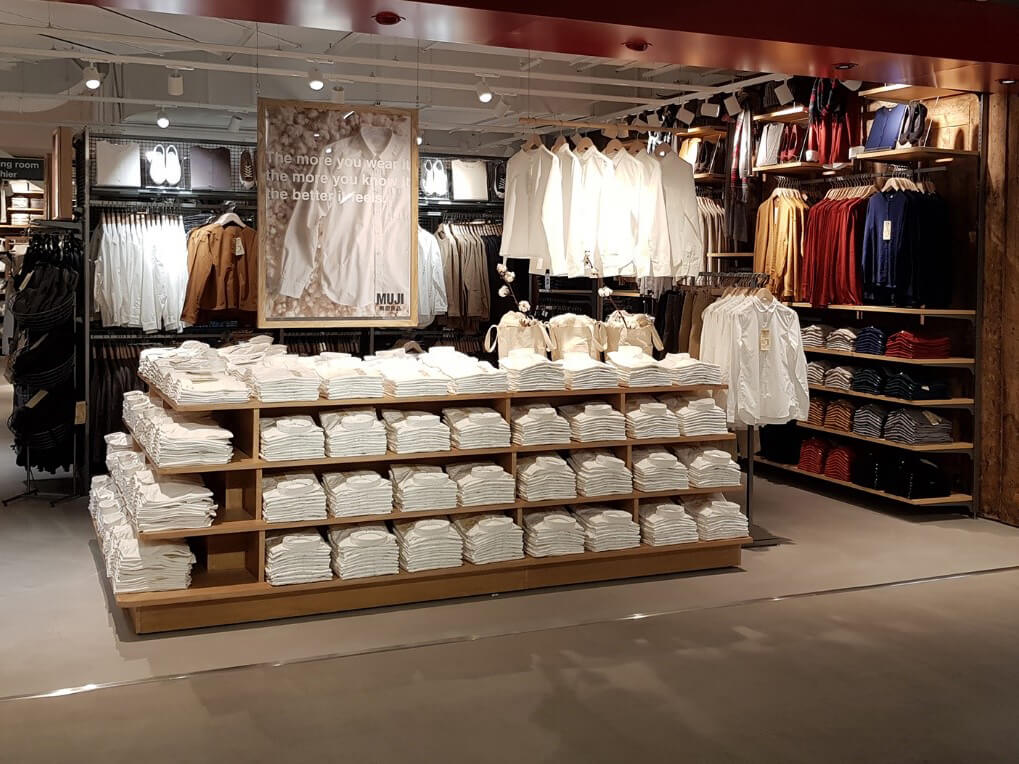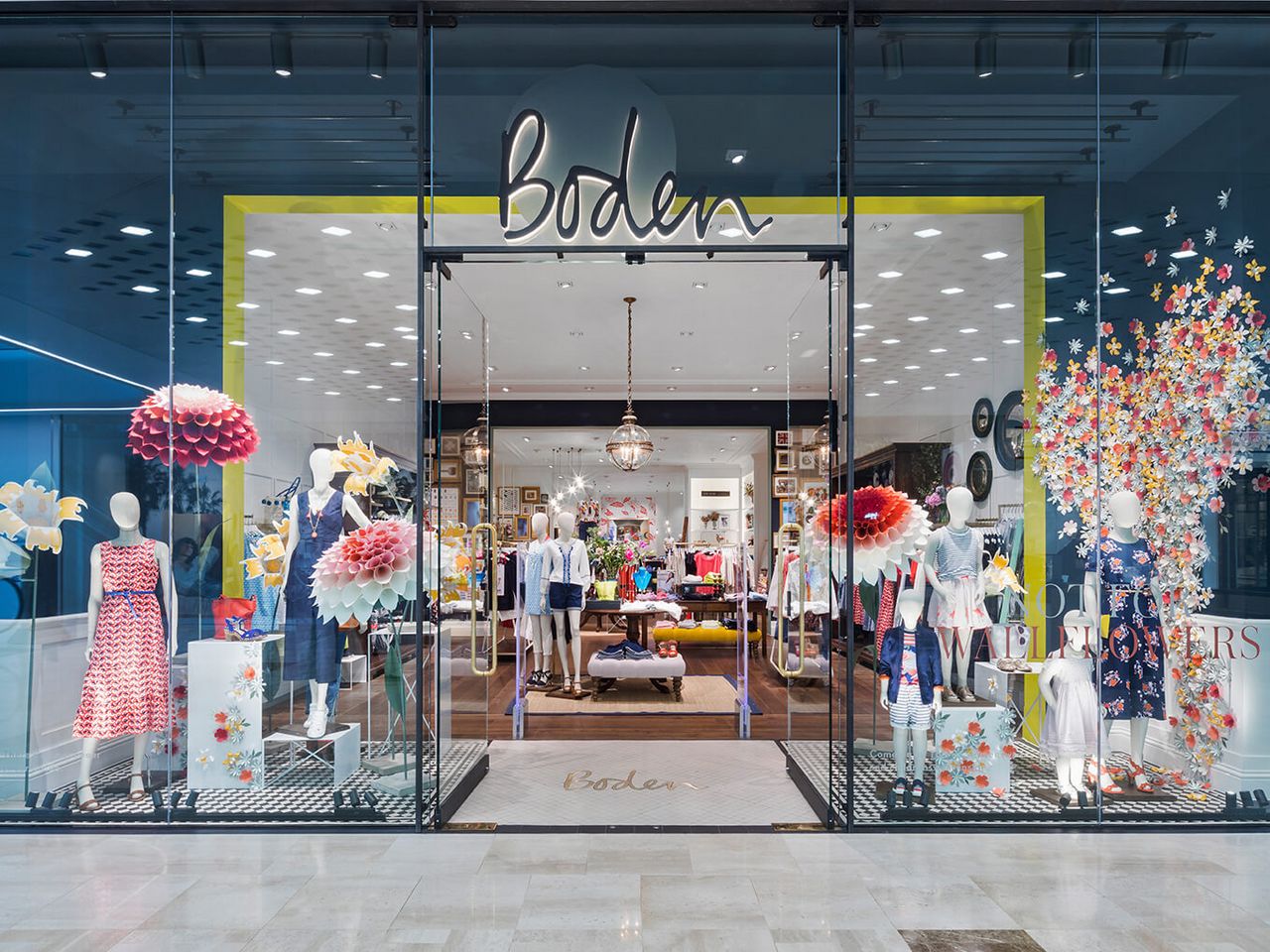
Lighting knowledge
The shop window
Visual merchandising concepts in shop windows are an important element of a retailer’s image. They serve the purpose of catching the attention of passers-by and creating a special, emotional experience. This is something that online shops cannot do. As a result, high-street retailers have the unique opportunity not only to display their merchandise, but also to position their brand. Shop window lighting concepts are multifaceted and, since they are affected by a range of influencing factors, they do not follow any clear trends.
Depending on the type of retailer and location, shop windows perform several functions. In many cases retailers opt for semi-open or closed-back shop windows, although the location of the store also affects the choice of shop window type. A store nestled between city centre thoroughfares will have different technical requirements of a lighting concept than a south-facing, light flooded store in a rural setting. The overall store design concept is the most important criterion when choosing a shop window type.
Perspective is another crucial factor in the selection process. The exterior and interior store concepts have to be harmonised, so it is necessary to consider the weather-dependent daylight, the shop window lighting and the sales floor lighting.
Closed-back shop window
When we look into a closed-back shop windowfrom the outside, we generally see a sales-promoting product presentation scenario. These kinds of shop windows have illuminated back walls, combined with spotlights at different levels for direct product lighting to make the merchandising concept more interesting. The closed system offers the advantage that scatter light caused by daylight incidence is prevented and the store lighting concept is more easily managed.
Semi-open-back shop windows
In semi-open-back shop windowsthe lighting in the store interior will be influenced by daylight, as well as potential glare through the gaps from the spotlights used in the shop window, which also have to be taken into account. In our experience as lighting concept planners, the layout of aisles and the customers’ lines of vision inside the store have to be considered when designing the shop window lighting concept. The incoming daylight direction should always be checked in advance to ensure that the shop window is generally suitable for a semi-open-back solution. Department stores, which often have various shop-in-store concepts, tend to prefer either semi-open or closed-back window displays.
Open-back shop window
Daylight is naturally also a factor in open-back shop window designs. In this type of shop window, the retailer has to ensure an adequate strength of lighting in the areas of the store close to the windows so that it isn’t drowned out by the daylight. Whereas closed-back shop windows have a ‘cave effect’, open-back shop windows allow the retailer to make use of the daylight. Food retailers can create a marketplace-like atmosphere by setting up fruit and vegetable stands close to the window fronts.
In many cases the open-backed shop window is used as a branding instrument because the consumers can look into the store and see the core brand messages. This is an especially popular approach with fashion retail chains that want to celebrate their uniform brand identity with consumers before they even enter the store. Retailers such as Muji also use their shop windows to ensure that their core messages (pure cotton) are communicated to consumers who hold the same values. Perfect light, as well as a cleverly coordinated merchandise and ambient lighting situation, are essential to pulling this off.
It is also important for the retailer to convey a sense of homeliness and hospitality. Here, too, the shop window plays an important role in communicating that atmosphere inside the store to people who are outside looking in. Fashion label Boden’s London branch has open-backed shop windows that convey the living room atmosphere of the store interior to the outside world. An intricately orchestrated lighting concept made this possible.
Lightfall LFS
Shop window visual merchandising concepts are the opening page of the sales story, and they showcase the key products in the range. The collections and attractions featured in today’s shop windows are being changed at increasingly shorter intervals. In the past, each new merchandising concept had to be accompanied by a detailed lighting concept in order to achieve its full impact. To minimise the human resource intensity of this task, Lightfall was developed. It is a new universal lighting system that can be changed very quickly without any need to adapt the light. Lightfall can be used for the clear and expressive illumination of all kinds of products in any positions. Visual merchandisers who use Lightfall can fully focus on their shop window visual merchandising concepts.
Go to the product: Lightfall LFS
The benefits
- Compact, low-maintenance shop window lighting
- Brilliant, focus-free light
- Quick visual merchandising concept changes without loss of lighting quality
- Lightfall has a modular design for installation heights ranging from 2.5 to 4 metres and installation lengths of between 1.8 and 3.5 metres in any standard-dimensioned shop window
- Easily incorporate suspended, ceiling or track-mounted luminaires
- Available for open and closed-back shop windows


